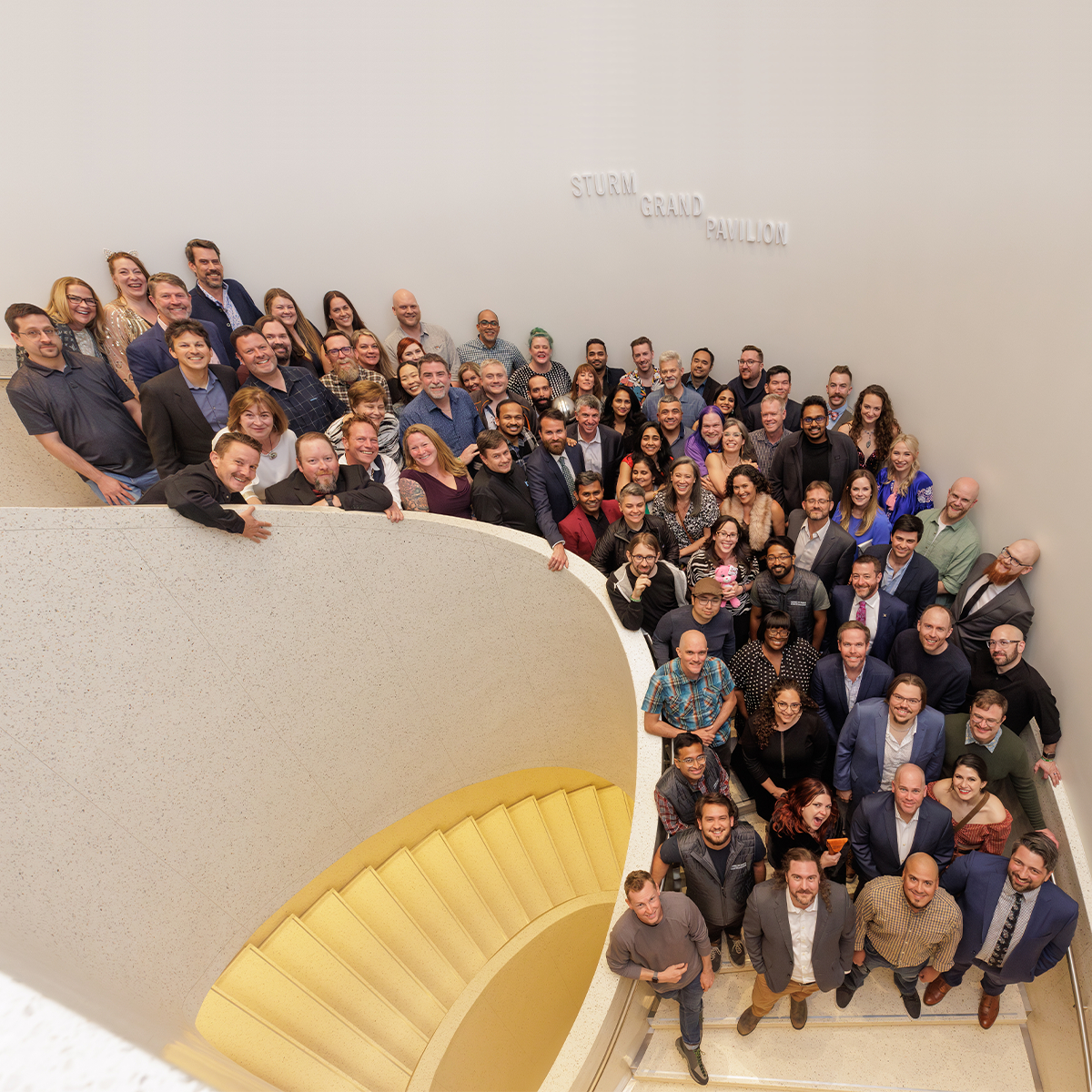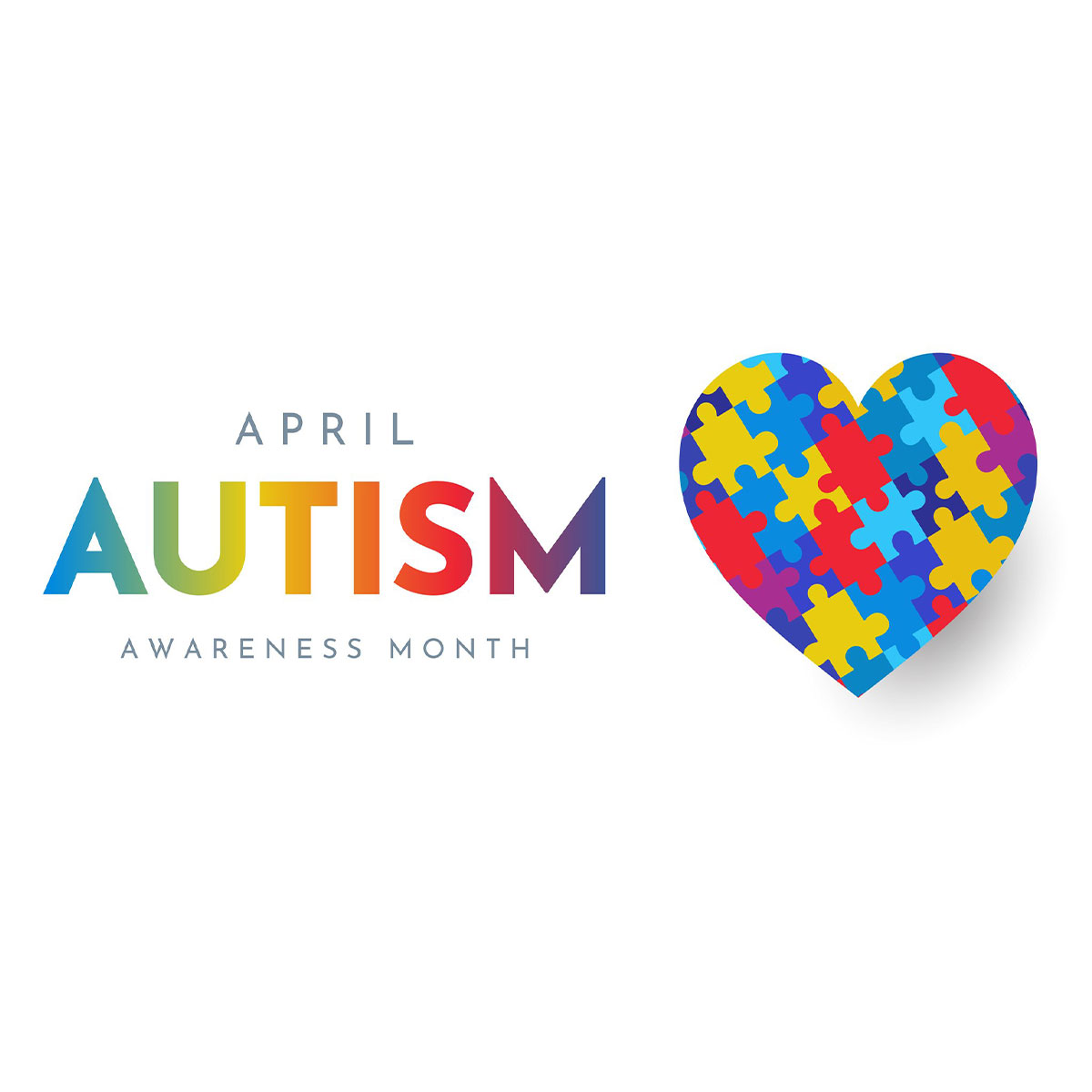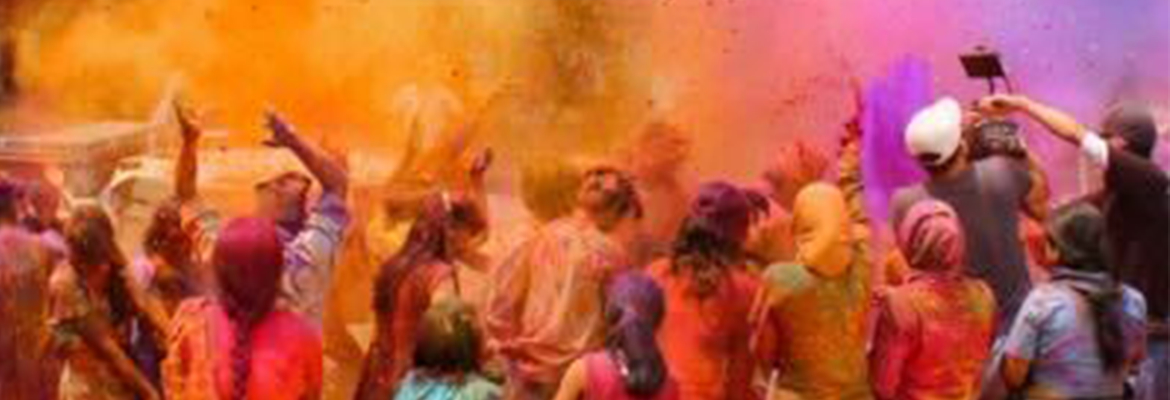
At every quarterly town hall meeting, CodeScience leadership always opens with our company priorities. “Our People” is #1 on the list. We have numerous ways we celebrate our CodeScientists – Legends of the Moment, awards at our All Hands events, anniversary milestones, weddings, babies, certification achievements, and the list goes on. Our newest addition is a Slack channel dedicated to sharing our personal stories about our culture, our history, and our experiences.
I kicked off the channel with my reflection on the Lunar New Year describing my experience as a kid. Sharing my personal experience isn’t the easiest, and I was nervous to share it. The immediate flood of responses, emojis, and support was amazing, especially the multiple responses that someone learned something new! One of the best parts was when another CodeScientist posted a local Chinese Lion Dance performance and a few of us went together!
Growing up, the Chinese Lion Dance was a huge part of my Chinese New Year celebrations. My dad performed in a troupe and I attended all the festivities every year. A typical celebration includes a Chinese Lion costume that is worn by two performers, loud firecrackers to scare away evil spirits, lettuce to represent wealth (the Chinese word for “lettuce” sounds similar to “wealth”) for the lions to “eat” and then toss back into the crowd to share the wealth, red envelopes (hongbao) that contain lucky money, and lots more! Here are a few pictures from the event we attended.
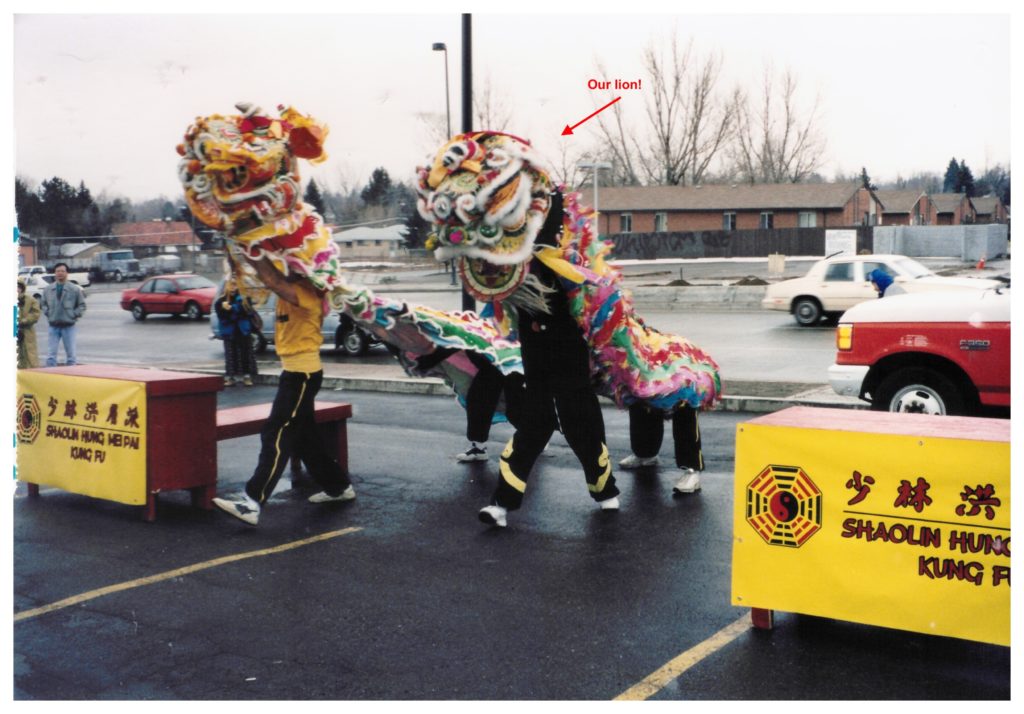
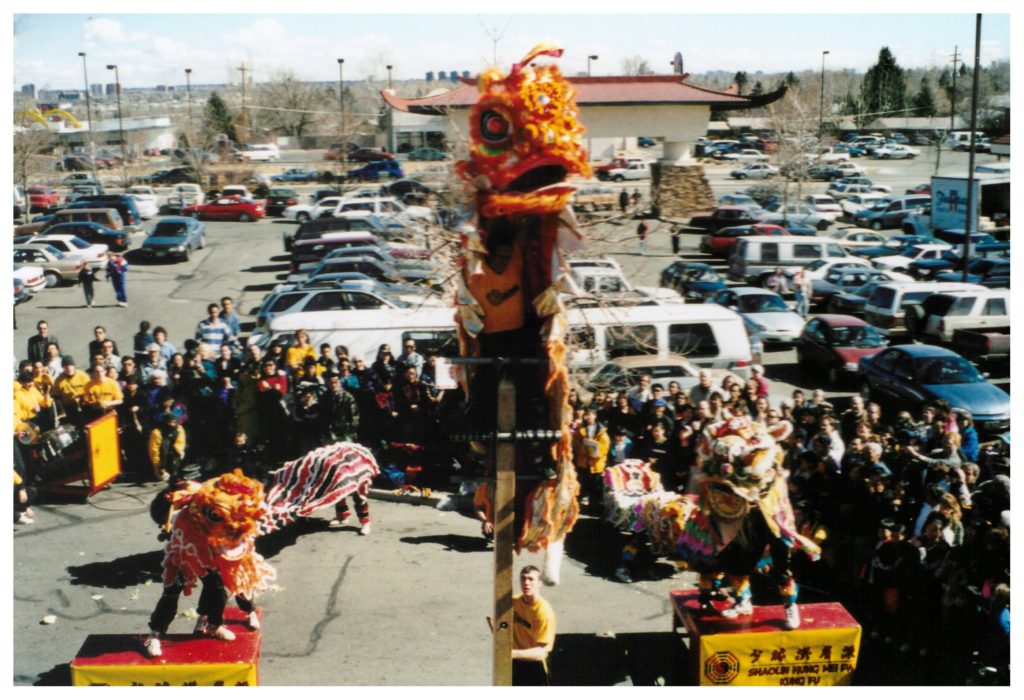
CodeScientists have continued to share stories over the course of the last few months and it has been fun to learn so much about our CodeScience community and how we celebrate and share special occasions.
Simon Fortune, one of our Solution Architects, shared his experiences with Fat Tuesday growing up in Trinidad and Tobago. Fat Tuesday is celebrated with Carnival! This video is a peek at the real spirit of the Carnival season with beautiful beaches of people celebrating with musical stage performances and parades featuring elaborate costumes that last well into the night. He also shared a Spotify playlist of old and new Soca and Calypso songs to keep us dancing all week.
March opened with Fastnacht Day, which is a Pennsylvania Dutch celebration of Fat Tuesday, also known as Shrove Tuesday (falling before Ash Wednesday). Kyle Leister, one of our Quality Engineers, who grew up in the area shared that the Pennsylvania Dutch celebrate this by serving fastnachts, similar to doughnuts – not as sweet, more buttery – for breakfast. They are traditionally made to use up the lard, sugar, butter, eggs, etc. before Lent begins. Upon seeing his post, we connected on Pennsylvania Dutch and how he knew this reference. I have family in that area of Pennsylvania! We chatted about familiar towns, names of friends of friends, and even infamous PA Dutch restaurants. It is a small world!
March 1 was also St. David’s Day, of similar significance as St. Patrick’s Day to the Irish, and celebrated in Wales with parades and festivals. People wear costumes, daffodils, and leeks (two symbols of Wales), and cook Welsh foods. Brandon Baker, a lead Salesforce Lightning Developer, celebrated by making Welsh foods like Welsh cakes, Cawl (Welsh leek soup), and Welsh rarebit (baked cheese bread). The conversation really took a dive into sharing recipes and, while I do not cook, that recipe for Welsh cake looks pretty simple and so, so good!
Mid-March kicked off a celebration of Purim, sometimes referred to as “Jewish Halloween.” CodeScience loves to dress up so this is right up our alley! To provide the best context, I’ll quote directly from Senior Technical Architect Sebastian Kessel’s post:
“As in most Jewish Holidays, the story of Purim can be summarized this way: ‘They tried to kill us, they couldn’t, let’s eat!’
During the Persian Exodus (after the Persian Empire conquered what is now the land of Israel/Jordan), Jews were exiled. Esther was a young Jewish girl and had an uncle named Mordecai. King Ahasuerus wanted to marry Esther (and she him), but she did not tell him in advance that she was Jewish. Haman, a minister of the King, didn’t like Jews very much and ordered Mordecai to bow in front of him. Since Jews don’t bow to anybody but God, Haman became enraged and counseled Ahasuerus to kill all the Jews as they didn’t respect “the Kingdom.” To make a long story short, Esther reveals her Jewish identity to the King, who saves Mordecai and kills Haman instead (hence why we eat Hamentaschen).
Ritually, the biblical book of Esther (Megilat Esther…. the source of the saying ‘The whole Megillah’) is read in its entirety during this holiday and kids are encouraged to be present in the sanctuary and loudly make noise with their toys any time the name Haman is mentioned during the reading.”
As per usual, the Purim conversation went straight to the sweets, Hamentaschen. There are many varieties. This is a list of the 100 best recipes of all time. Seb’s recommendation was to visit our local Chabad and ask them to share Purim stories and Hamentaschen. We are always here for delicious food and history!
Moving right into Spring, Anil Pilaka shared the history of Holi, a festival to signify the triumph of good over evil. The Holi festival holds immense religious significance. In India, the festival promotes brotherhood, integrity, unity in diversity, and happiness. It teaches us to be kind and generous towards our fellow men and treat everyone equally irrespective of caste, creed, color, and sex. According to tradition: God gives you all the colors of life, the colors of joy, the colors of happiness, the colors of friendship, the colors of compassion, the colors of love, and any other colors you wish to paint in your life.

Here’s how Anil described Holi: “According to the legend, Hiranyakashipu was a king with invincible powers who demanded everyone in the kingdom worship him — and if they didn’t, he would punish or kill them. Betraying his father, Prahlad chose to worship Vishnu instead.
This did not sit well with the king, who then asked his sister, Holika (the name from which Holi derives), to help kill Prahlad. As the owner of a fire-resistant cloak, Holika attempted to trick Prahlad by taking him into a fire, but since she sought to use her cloak for evil, it flew off of her and onto Prahlad.
Prahlad was saved and Lord Vishnu defeated Hiranyakashipu. Bonfires are lit on Holi in celebration of the victorious feat.”
April began with Autism Awareness and neuro-diversity. Several CodeScientists, including our CEO, Sue Boelke, connected over personal experiences, and are planning a time to chat to share lessons learned over the years.
And to close out our first quarter of the channel, a brand new CodeScientist, Product Owner Zain Siddiqui, educated us on Ramadan. His quick and easy tl;dr bullets highlight how taking these actions will help one grow and become a better person.
- Fasting from sunrise to sunset (This means no eating, drinking, smoking, vaping, nothing ingestible)
- More so than just refraining from food, it is to refrain from bad habits, images, and overall things that would distract you from thinking about and focusing on the higher purpose.
- While charity is a regular pillar of faith, it is even more so emphasized during this month in the hopes that these habits will stick and carry with you throughout the year.
- Take time to reflect and read scripture, spend time being humbled by miracles that were sent down.
This can inspire anyone to be a better version of themselves!
Being a fully remote company, CodeScience relies heavily on Slack for project communication as well as personal connections. Numerous times, there are posts in our new channel about how much someone has learned about a topic or connected through similar experiences. This has been a great way for us to reconnect with each other while navigating our remote culture. Our People will always be our Number One Priority!
